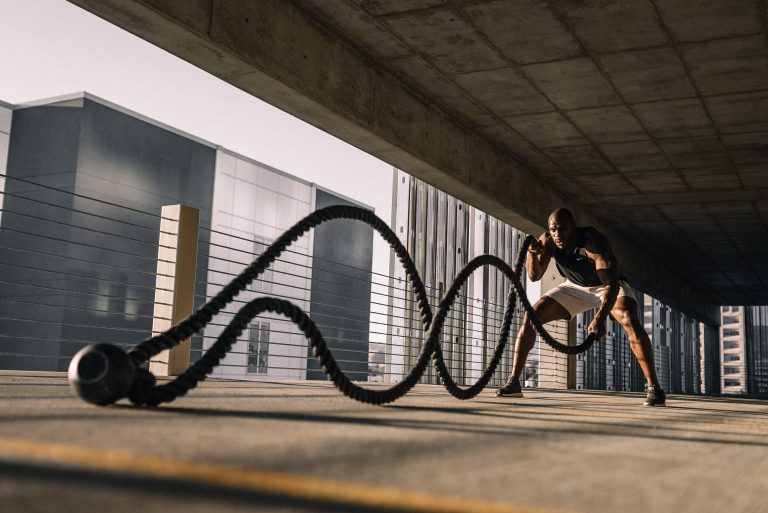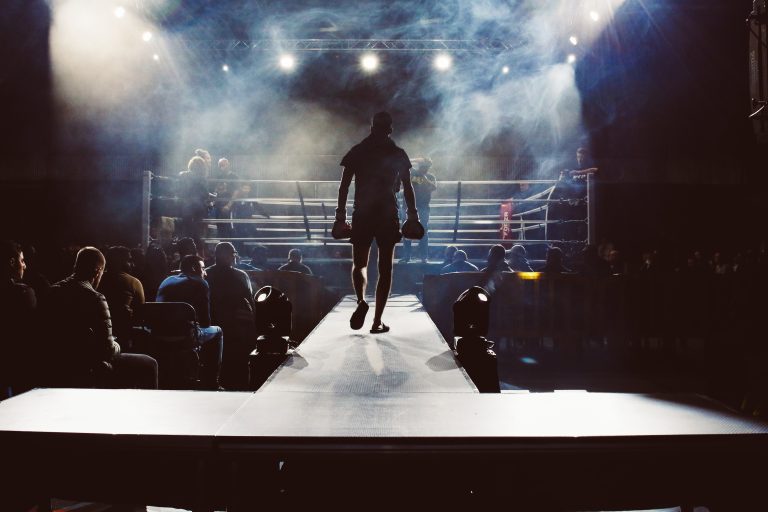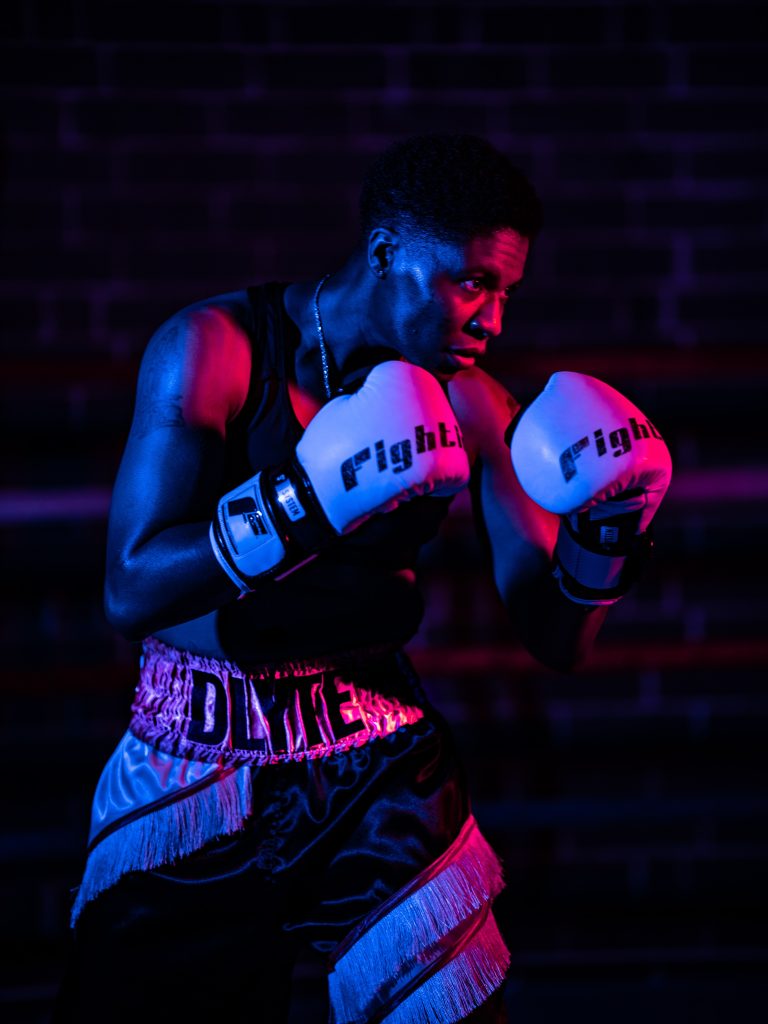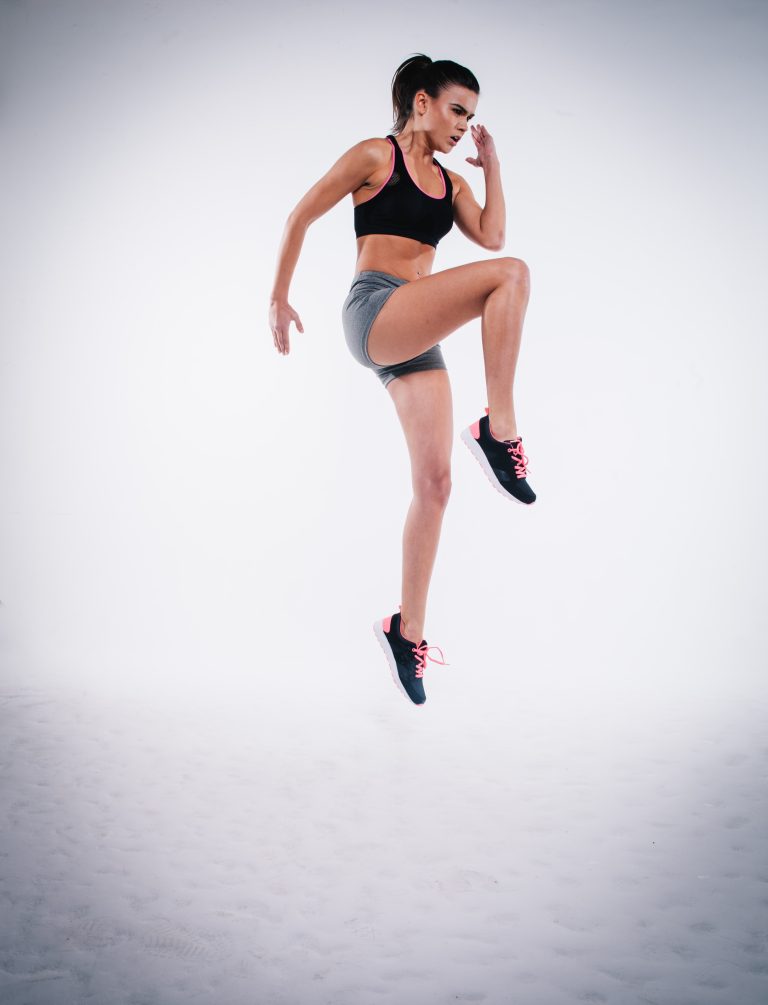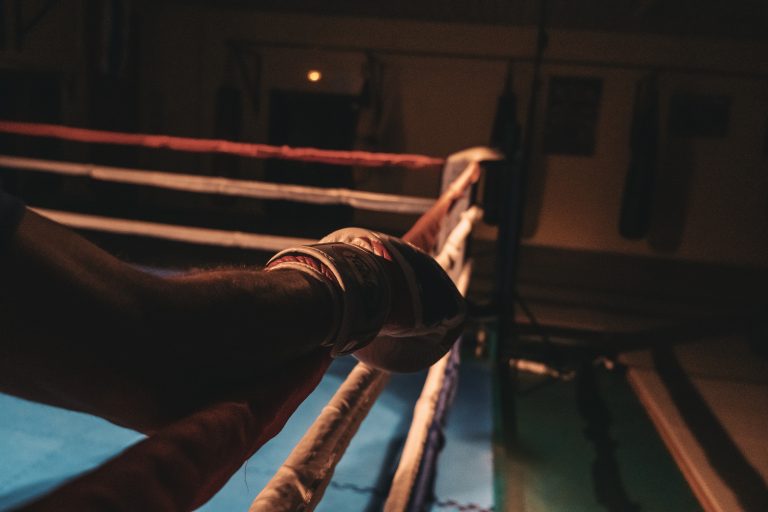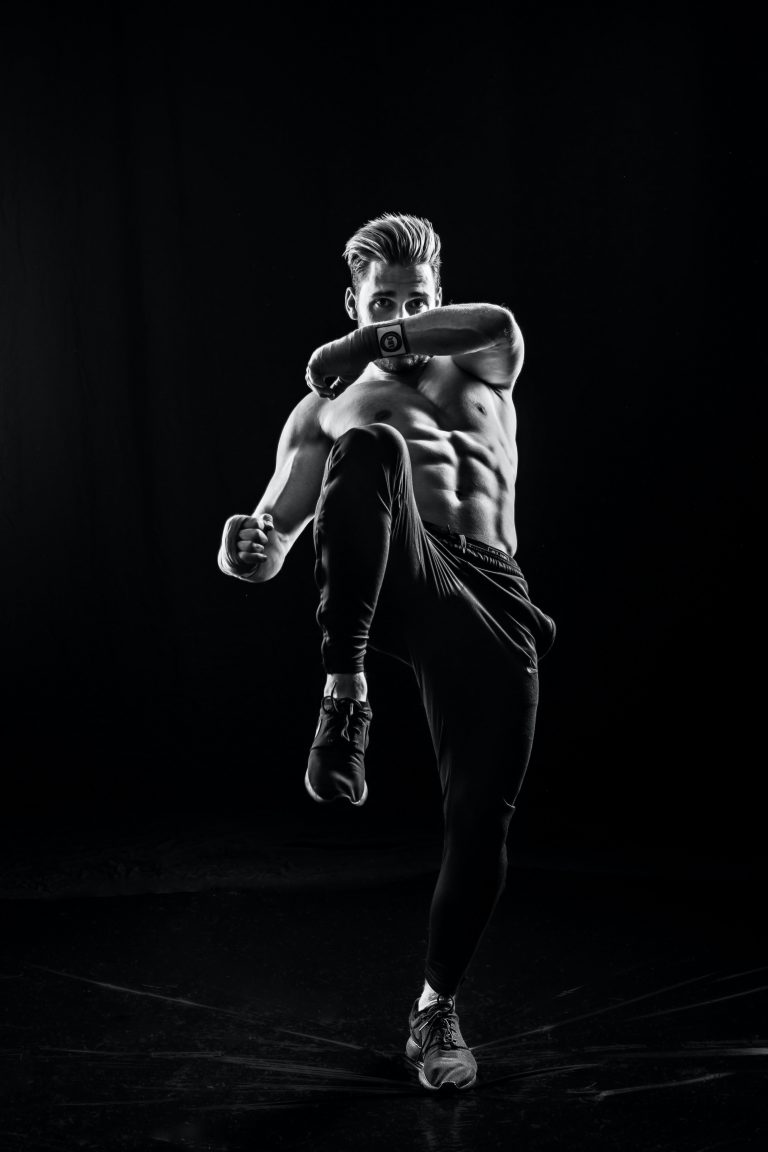Karate for people with disabilities: how to keep fit despite handicap
Karate is a martial art that can provide both physical and mental benefits to its practitioners. It can improve strength, flexibility, coordination, and balance. Additionally, it can also boost self-confidence and provide a sense of accomplishment. However, some people with disabilities may feel hesitant to try karate due to their physical limitations. In this blog post, we will explore how karate can benefit people with disabilities and provide some tips on how to get started.
Benefits of Karate for People with Disabilities
Karate can provide valuable benefits to people with disabilities. These include:
Improved Physical Health
Karate can be adapted to suit the physical abilities of each person. Exercises and movements can be modified to accommodate people with various disabilities, from spinal cord injuries to cerebral palsy. Doing karate can improve muscle strength, cardiovascular fitness, and flexibility.
Enhanced Mental Health
Karate can also improve mental wellbeing. Practicing karate can help people with disabilities gain more self-confidence, reduce stress, and feel a sense of accomplishment. Karate can also provide a supportive community of like-minded individuals that can build strong emotional bonds.
Self-Defense Skills
Karate is a martial art that teaches valuable self-defense skills. People with disabilities may face threats differently than able-bodied people, and learning self-defense can provide a sense of security and empowerment.
Tips for Getting Started with Karate
The following tips can help people with disabilities get started with karate:
Find a Suitable Instructor and Class
When looking for a karate instructor, it is essential to find someone who has experience in teaching people with disabilities. Ask your local dojo if they have previous experience instructing people who are similar to you in terms of your disability. Additionally, some classes may be designed explicitly for people with disabilities. Find a class that fits your needs and skill level.
Communicate with Your Instructor
Be open and honest with your karate instructor about your abilities, limitations, and concerns. Let your instructor know your physical limitations so they can modify the exercises and movements as needed. Communicating with your instructor can ensure you feel comfortable and effective while practicing karate.
Start Slowly
Rome was not built in a day, and the same goes for karate. It is essential to start slowly and build up over time. Listen to your body and know your limits. Your karate instructor should pace the lessons accordingly, but it is up to you to take your time and avoid pushing yourself beyond your limits.
Use Assistive Devices
Assistive devices like braces or wheelchairs may be necessary to help you do karate. Discuss these devices with your karate instructor to learn how to work with them effectively. Karate can be adapted to suit individual needs, and assistive devices can be used to create modified movements that suit a variety of abilities.
Conclusion
Karate is an excellent way for people with disabilities to improve physical and mental wellbeing while learning valuable self-defense techniques. To get started, find a suitable karate instructor and class, communicate your needs and limitations with your instructor, start slowly, and use assistive devices as needed. With these tips in mind, people with disabilities can start practicing karate and experience its benefits first-hand.
Karate for people with disabilities: how to keep fit despite handicap
Karate is a martial art that has been in existence for centuries. It was developed in Japan and has since spread to other parts of the world. Karate is known for its intense physical training and has been proven to provide several health benefits to those who practice it regularly. People with disabilities may find it challenging to keep fit, but karate can be an excellent way to keep their bodies active and healthy.
In this blog post, we will address some of the most frequently asked questions about karate for people with disabilities.
What is karate?
Karate is a martial art that involves using your hands and feet for self-defense. It is an excellent way to develop self-discipline, respect, and focus. Karate is also a great workout, as it involves cardiovascular exercise, strength training, and flexibility.
Who can practice karate?
Anyone can practice karate, regardless of age, gender, or ability. There are many different styles of karate, and each one may cater to different abilities or interests. Some karate schools may offer specialized classes for people with disabilities, which can help to tailor the training to their specific needs.
What are the benefits of karate?
Karate provides several health benefits, including:
– Improved cardiovascular health
– Increased strength and muscle tone
– Better flexibility and range of motion
– Reduced stress and anxiety
– Increased focus and concentration
– Improved self-esteem and confidence
For people with disabilities, karate can provide additional benefits, such as improved balance, coordination, and proprioception.
How can people with disabilities practice karate?
People with disabilities can practice karate in several different ways. Some karate schools may offer specialized classes or adapt their training methods to suit the needs of people with disabilities. The key is to find a school or instructor who is willing to work with you and develop a training program that suits your abilities and needs.
What equipment is needed for karate?
The equipment needed for karate may vary depending on the style of karate being practiced. Some basic equipment includes:
– Karate uniform (gi)
– Belt (color may indicate rank)
– Hand wraps or gloves (optional)
– Shin Guards (optional)
– Mouthguard (optional)
For people with disabilities, additional equipment or adaptations may be necessary to ensure their safety during training. Speak with your instructor to determine what equipment or modifications may be needed.
What are some basic karate techniques?
Some basic karate techniques include:
– Punches (straight punch, hook punch, uppercut)
– Kicks (front kick, side kick, roundhouse kick)
– Blocks (inside block, outside block)
– Stances (front stance, horse stance)
It’s important to note that the techniques may vary depending on the style of karate being practiced. Additionally, people with disabilities may need to modify or adapt the techniques to suit their abilities.
What should I look for in a karate school?
When looking for a karate school, there are several things to consider, including:
– The instructor’s qualifications and experience
– The curriculum and teaching methods
– The type of classes offered (e.g., beginner, advanced, specialized)
– The availability of specialized classes for people with disabilities
– The cost and location of the school
It’s also a good idea to visit the school and observe a class before committing to any training.
Conclusion
Karate can be an excellent way for people with disabilities to keep fit and healthy. By finding a school or instructor who is willing to work with you and developing a training program that suits your abilities and needs, you can reap the many benefits that karate has to offer. Remember to speak with your doctor before starting any new exercise program, and always listen to your body to avoid injury.
Inhaltsverzeichnis

